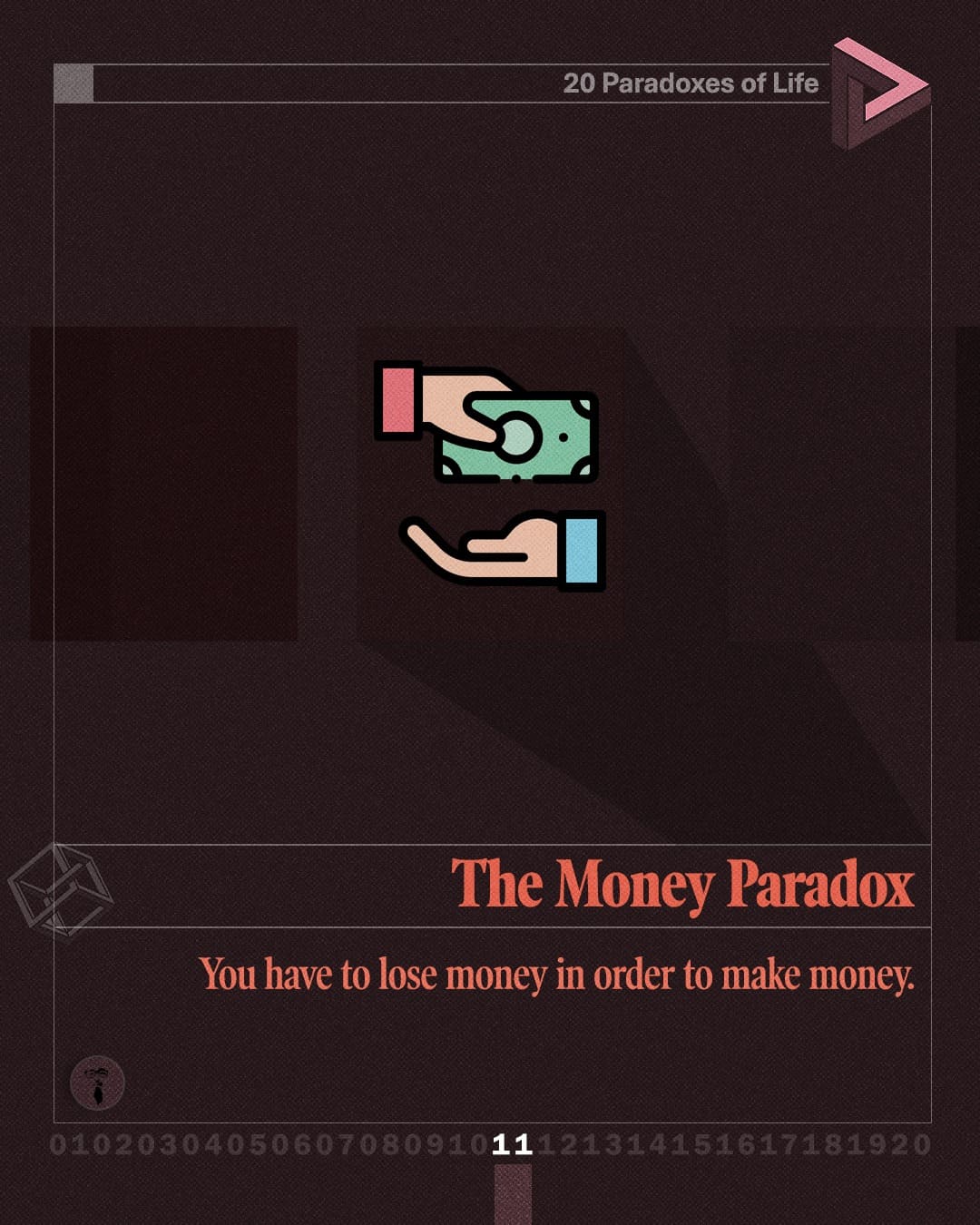Paradoxes: The Art of Contradiction and Hidden Truths
A paradox is a statement, scenario, or idea that seems to contradict itself or defy logical reasoning yet often reveals a profound truth. Paradoxes challenge established thought patterns, uncovering hidden intricacies and prompting us to reevaluate our assumptions about reality, logic, and perception. They serve not merely as intellectual challenges but as significant instruments for delving into knowledge, reasoning, and the essence of human nature.
Paradoxes manifest across various fields, including philosophy, mathematics, science, and literature. In philosophy, they frequently underscore the constraints of human reasoning. For instance, Zeno’s Paradoxes interrogate the concept of motion, positing that movement is unattainable because an infinite number of steps must be traversed to cover any distance. In mathematics, paradoxes reveal inconsistencies within logic and set theory, exemplified by Russell’s Paradox, which questions the existence of a set that includes all sets that do not include themselves.
In the realm of science, paradoxes highlight the limitations of our comprehension of the universe. The Twin Paradox in Einstein’s theory of relativity illustrates that time can elapse at varying rates for two observers based on their relative velocities—an assertion that contradicts everyday experiences yet has been validated through experimentation. In quantum mechanics, Schrödinger’s Cat introduces a thought experiment where a cat exists in a state of being both alive and dead simultaneously due to quantum superposition.
Literature and storytelling also heavily incorporate paradoxes. Authors frequently employ them to evoke irony, suspense, or philosophical insight. For example, George Orwell’s 1984 illustrates the paradox of “doublethink,” where conflicting beliefs coexist, mirroring the distortion of truth in authoritarian regimes. Similarly, the well-known line from Shakespeare’s Hamlet, “I must be cruel to be kind,” encapsulates the essence of paradoxical thought.
In this series, we explore various categories of paradoxes, and each one of them will invite you to think differently, question what you know, and embrace the fascinating world of contradiction.





















Amazing strategy for sustainable growth! I adore Apeiro Construction's emphasis on environmentally responsible options for Hamilton's expansion.
ReplyDeleteSustainable Development Solutions in Hamilton
Onstream provides high-quality entertainment with access to the latest movies, web series, and live TV channels. With a smooth UI and regular updates, Onstream ensures seamless streaming anytime, anywhere.
ReplyDeleteCricfy TV APK streams live cricket matches like IPL, ICC, and more—free and in HD. No sign-up or ads. With real-time scores and crisp video, Cricfy is a must-have Android app for passionate cricket lovers.
ReplyDeleteGreat blog. Check: Perfomigo Marketplace Platform
ReplyDelete